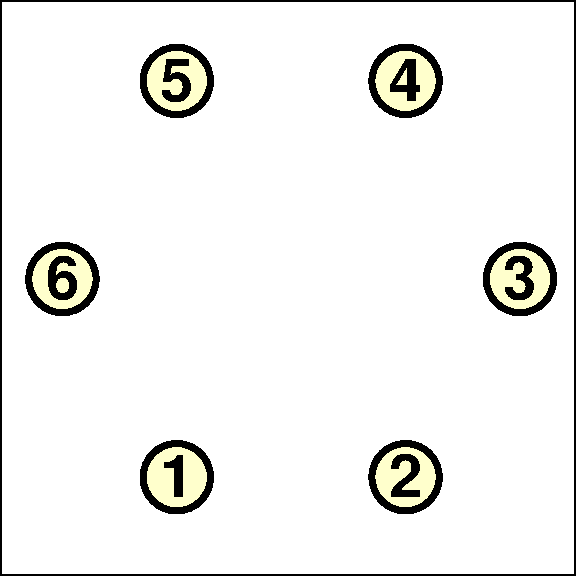 An algorithm is a precise step by step method for solving a problem. A control flow chart (or flaw chart) is a pictorial form of an algorithm. Flowcharts are difficult to draw, process, and update. Flowcharts do not easily scale up to handle large programs.
An algorithm is a precise step by step method for solving a problem. A control flow chart (or flaw chart) is a pictorial form of an algorithm. Flowcharts are difficult to draw, process, and update. Flowcharts do not easily scale up to handle large programs.

 Instead of a flow chart, pseudo-code is used.
Instead of a flow chart, pseudo-code is used.

 This is an end-of-course goal. Work back from goal to previous assignments (top-down, backward chaining) to get subgoals.
This is an end-of-course goal. Work back from goal to previous assignments (top-down, backward chaining) to get subgoals.